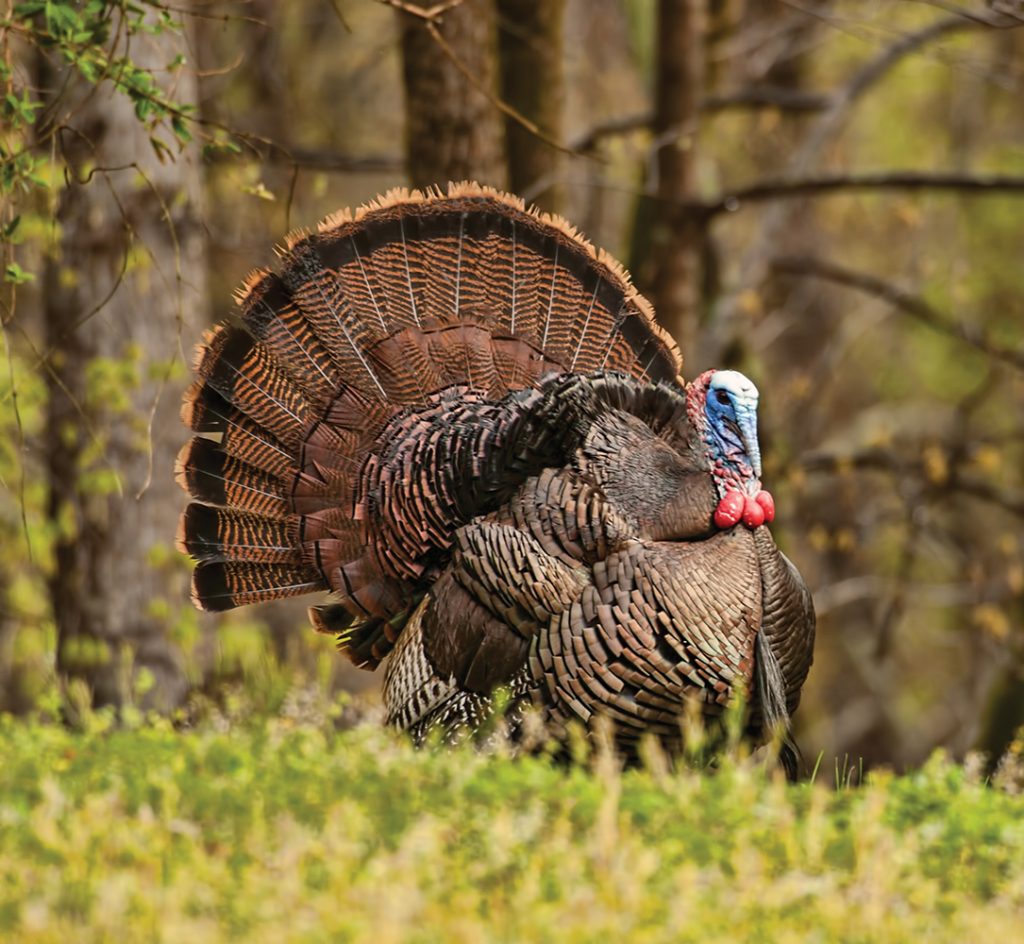By Jack Spaulding
I once asked an audience what group was responsible for the initial reintroduction of the Eastern Wild Turkey to Indiana. The answers ranged from the “National Wild Turkey Federation” to the “U.S. Fish & Wildlife Service” to the “Audubon Society” and even “The Boy Scouts.” No one came up with the right answer — the United States Navy.
The Navy? Yes, the United States Navy!
Around 1956, the new commander of the Crane Naval Ammunition Depot (now Naval Support Activity Crane) in Martin County was disappointed to learn the military base’s rich habitat didn’t include wild turkeys. Wild turkeys had disappeared from Indiana by the early 1900s because of lost habitat and uncontrolled hunting. The commander enjoyed hunting wild turkey in southern parts of the United States and greatly missed the sport.
As all who served know, the military is capable of many things. And the higher the rank, the greater the possibilities!
Shumaker Naval Depot in Arkansas was contacted and given a “top secret” assignment. Shortly thereafter, the commander of Crane and a handpicked support team met one of the super cargo carrier aircraft on the aircraft runway to unload two mysterious tarp covered boxes.
The two boxes were cages containing five wild turkeys — four hens and a tom. The birds were quickly ushered off to a secluded location on the base and released.
Chances of survival for the tiny flock were slim. If anything happened to the lone male bird, it was over. But by the grace of God, good habitat, control from poaching, and isolation from tame turkeys, the flock rapidly expanded. By the winter of 1960-61, there were an estimated 100 to 200 wild turkeys on the Indiana Naval base.
Beginning in the winter of 1960, attempts to trap enough turkeys on the base and begin spreading them to other parts of the state, namely Brown County State Park, were proving ineffective. At the time, Indiana had an unbelievable population of ruffed grouse, and the biologists’ ability to capture grouse was far better than their turkey attempts.
In 1964, Indiana struck a deal with Missouri. Indiana traded 70 ruffed grouse for 21 Missouri turkeys. The turkeys were released in the Tell City district of the Hoosier National Forest. The following year, 15 turkeys were swapped for 60 grouse and released in the Harrison-Crawford State Forest.
Within a few years, turkeys trapped in Perry and Harrison counties were being released in Martin County and the Pike and Jackson-Washington state forests.
History was made in 1970 when 60 hunters from 1,500 applicants participated in the first modern-day Indiana sanctioned wild turkey hunt. Over the four-day hunt, most of the hunters heard or saw wild turkeys, while six got their gobblers.
The estimated number of hunters afield this past spring was 65,254 who spent $32 per license. There was an estimated success rate of 19%. The statewide flock is now estimated to be about 120,000 birds.
Not a bad return on a “Special Ops Assignment” by the U.S. Navy and some savvy bartering with kin states to the south and west!
JACK SPAULDING is a syndicated state outdoors writer and a member of RushShelby Energy. Readers can contact the author by writing to this publication, or by email to jackspaulding@hughes.net. Spaulding’s books, “The Best Of Spaulding Outdoors” and “The Coon Hunter And The Kid,” are available from Amazon.com as paperbacks or Kindle downloads.




